Metric & Imperial Threaded Rods | Welleshaft
Introduction to Threaded Rods
A threaded rod, often referred to as an all-thread or stud, is a metal fastener with continuous threading along its entire length. It resembles a long screw and is typically made from steel, stainless steel, or brass, providing excellent strength and durability. Threaded rods are versatile components used in various construction, industrial, and DIY applications due to their ability to hold objects together with substantial force.
Section 1: Types of Threaded Rods
1.Material Types
- Steel: Commonly used due to its strength and affordability.
- Stainless Steel: Offers corrosion resistance, ideal for outdoor or high-moisture environments.
- Brass: Known for its excellent conductivity and resistance to corrosion, often used in plumbing and electrical applications.
2. Thread Types
- Fully Threaded: Threads run the entire length of the rod, providing maximum grip.
- Partially Threaded: Only a portion of the rod is threaded, offering a combination of grip and smooth surface.
Section 2: Common Uses of Threaded Rods
1.Construction
Threaded rods are widely used in construction for securing structures, such as beams, walls, and ceilings. They provide stability and support, ensuring the integrity of buildings.
2.Plumbing
In plumbing, threaded rods are used to hold pipes in place, secure water heaters, and support other fixtures. Their ability to withstand high pressure and temperature variations makes them ideal for this purpose.
3.Electrical Applications
Electricians use threaded rods to mount electrical panels, conduit hangers, and lighting fixtures. The rods provide a sturdy and reliable way to secure these components.
4.DIY Projects
For DIY enthusiasts, threaded rods can be used in furniture assembly, garden projects, and home repairs. Their versatility and ease of use make them a favorite in many household projects.
Section 3: How to Use a Threaded Rod
1.Tools Required
- Wrench: For tightening nuts onto the rod.
- Saw or Grinder: To cut the rod to the desired length.
- Thread Locking Compound: To secure nuts in place if needed.
2.Steps to Use
- Measure and Cut: Determine the required length of the threaded rod and cut it using a saw or grinder.
- Insert and Secure: Insert the rod through the materials you wish to join, such as wooden planks or metal sheets.
- Tighten Nuts: Place nuts on both ends of the rod and tighten them using a wrench. Ensure the connection is firm and stable.
- Apply Thread Lock: If necessary, apply a thread locking compound to prevent the nuts from loosening over time.
3.Tips for Using Threaded Rods
- Choose the Right Material: Select a material that suits the environmental conditions and load requirements of your project.
- Pre-drill Holes: For a snug fit, pre-drill holes that match the diameter of the threaded rod.
- Use Washers: Place washers between the nuts and the materials being joined to distribute pressure evenly and prevent damage.
4.Advantages of Threaded Rods
- Versatility: Suitable for a wide range of applications in various industries.
- Strength: Capable of withstanding high loads and stresses.
- Ease of Use: Simple to cut, install, and secure with basic tools.
- Customizable Length: Can be easily cut to the required length for specific projects.
5.Limitations of Threaded Rods
- Corrosion: Steel rods can rust if not properly treated or coated.
- Weight: Heavier than some alternative fasteners, which may be a concern in weight-sensitive applications.
- Cost: High-quality materials like stainless steel can be more expensive.
Conclusion
Threaded rods are indispensable fasteners in many construction, industrial, and DIY projects. Their versatility, strength, and ease of use make them a go-to choice for securely joining materials and providing structural support. By understanding the types of threaded rods available and following best practices for their use, you can ensure the success of your projects and enjoy the benefits of this reliable fastening solution.
Contact Welleshaft team now to confirm how to choose your threaded Rod.

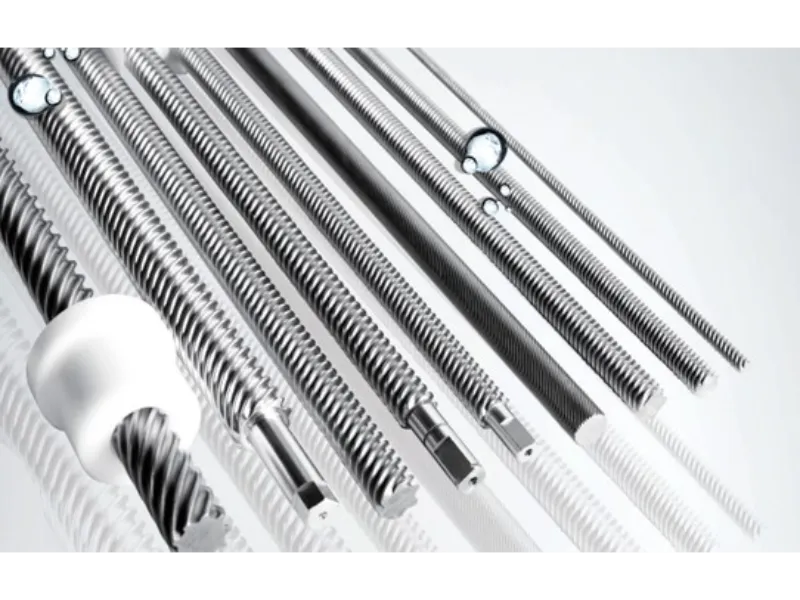
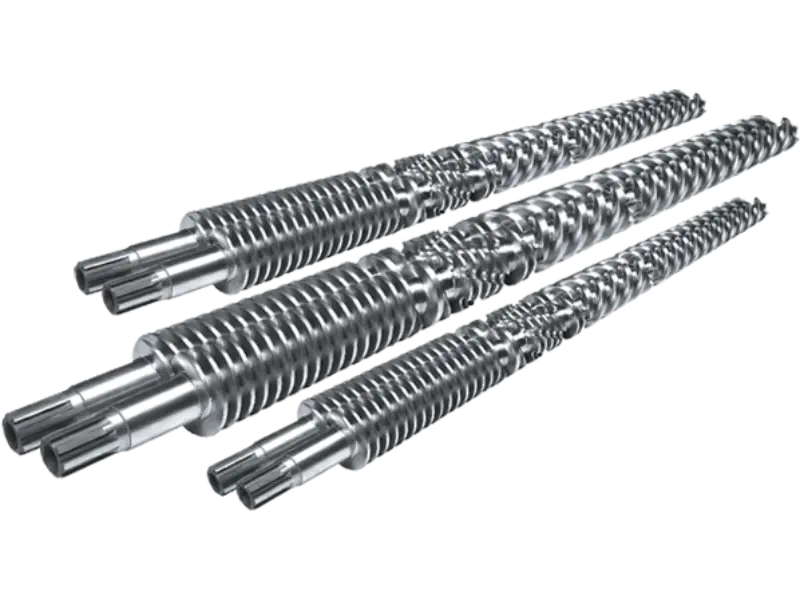
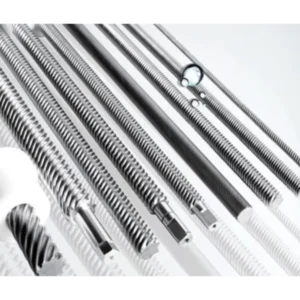
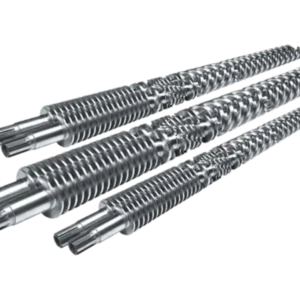
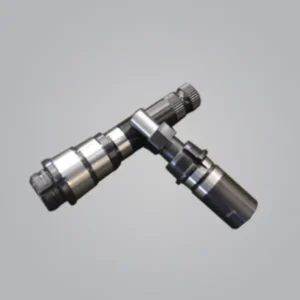
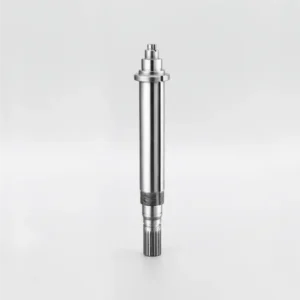
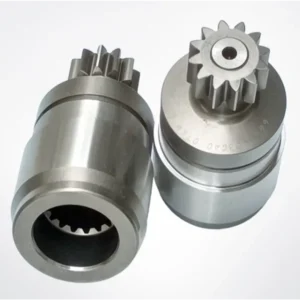
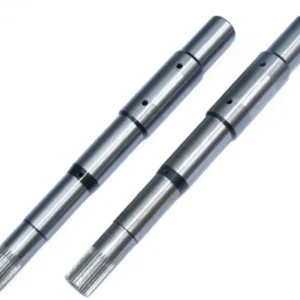
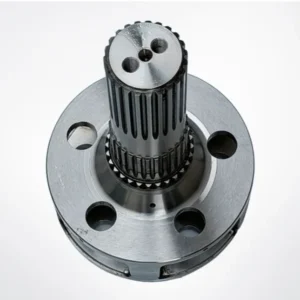
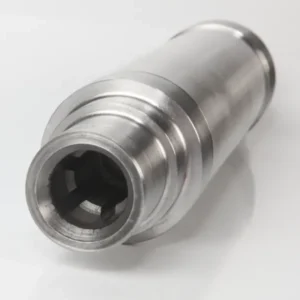
Reviews
There are no reviews yet.